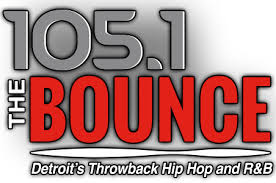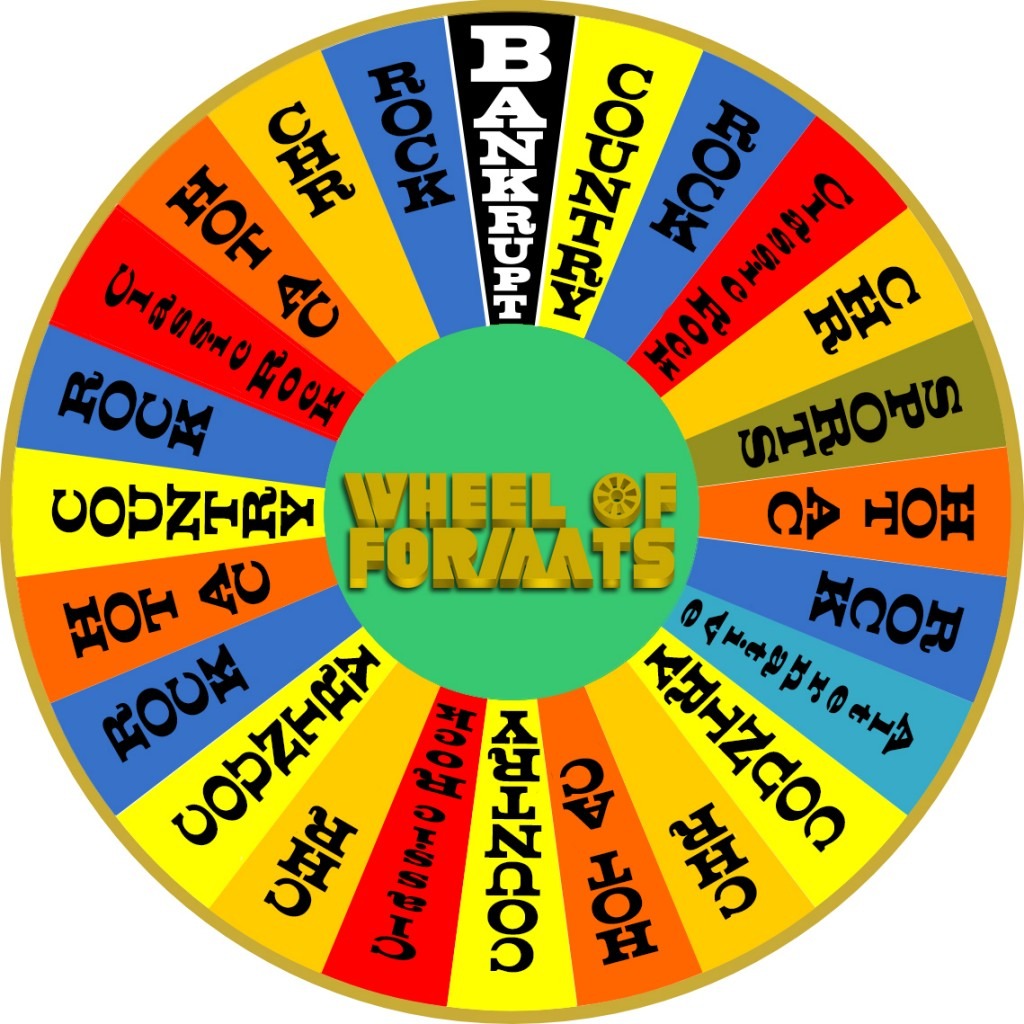 Last week, Radio One CEO Alfred Liggins presided over his company’s quarterly earning call, offering many revelations and explanations for his company’s negative performance. It turns out that in Q3, Radio One (soon to be called Urban One) had an average station revenue decline of 6.4%. Liggins attributed the downturn to a number of factors: static digital dollars, stagnant political ad spend, sales issues, and local market hiccups.
Last week, Radio One CEO Alfred Liggins presided over his company’s quarterly earning call, offering many revelations and explanations for his company’s negative performance. It turns out that in Q3, Radio One (soon to be called Urban One) had an average station revenue decline of 6.4%. Liggins attributed the downturn to a number of factors: static digital dollars, stagnant political ad spend, sales issues, and local market hiccups.
But the other variable he singled out is the apparent death of the Classic Hip Hop format. Ironically, Radio One started the Boom rage just a couple years back. But now Liggins says it’s “not a sustainable long-term ratings-getter.”
So after two years, the format is over? OVER? (Yes, I’m hearing John Belushi’s famous speech in “Animal House.”)
So this is an odd set of circumstances, when the parent of a new format essentially walks away from the phenomenon in just a two-year time span. We call them “Roman candle formats” – a huge lift at the beginning, followed by the inevitable fizzle out.
But it doesn’t have to be that way. Liggins predicted that Beasley’s “The Bounce” in Detroit would end up suffering the same fate as his company’s stations. But I’d bet  that company programmers, Justin Chase and Buzz Knight, have a little something to say about where their new baby ends up.
that company programmers, Justin Chase and Buzz Knight, have a little something to say about where their new baby ends up.
We wrote a blog post about the Boom phenomenon in late 2014. At the time, we listed 10 factors that can often determine the long-term fate of a brand-new music format, including the viability of the artists and the music, signal strength, advertiser demographics and other variables.
But we missed one factor, and it’s key:
Company support and commitment.
Too often, broadcasters look at the meteoric debuts of these exciting new formats, conclude their ratings are organic, and fail to truly support and back them just a few months after their initial launch. The tacit assessment is that you can run these stations like HMOs, simply not requiring the same level of commitment operators give to the big dogs in the cluster.
It’s a recipe for disaster – and more format changes. I watched this happen repeatedly with Classic Rock in the early years. While many stations that flipped to the format in the mid-to-late ‘80s are still on the air and thriving – WKLH, WCSX, WMGK, WNCX, KCFX, WRFX, WZLX – many others were labeled as flashes in the pan and gave up on Classic Rock after just a few years.
Ironically as I was writing this post, researcher Mark Ramsey wrote his own take on the Liggins’ announcement, “Radio: There Will Be No More New Music Formats.”
Mark’s point is that music tastes have become so splintered, there’s no identifiable music styles that aren’t already covered by existing formats. In the case of Classic Hip-Hop – a gold-based format – Mark suggests the music is too narrow, lacking the variety that exists in formats that have expanded their music tents – like Classic Rock or Active Rock.
But all of this assumes that radio stations are essentially music collections that lack any brand depth. It’s the responsibility of any station that launches a new format – including their inventors – to design and create other assets that contribute to sustainability: personalities, contesting, community involvement, and stationality. Jukeboxes simply cannot stand the test of time.
Skipping those formative requirements simply hastens the inevitable fatigue, leading to another costly “format search” research study, and an even more expensive spin on the “Wheel of Formats.”

Looking back at the Classic Rock experience, common company failure indicators included a lack of understanding and belief in the format, a spotty knowledge about the culture of the target audience, not being able to convert those big ratings into revenue, and ultimately, failing to support the station with personality, staff, and marketing.
You could say the same thing about the Jack format. Some of the early big winners shriveled up due to that same lack of commitment and support. Yet, many Variety Hits stations who invested and developed their brands, as well as their sales efforts, continue to enjoy success.
The fact that Classic Rock is setting ratings records this year – more than three decades after its launch – tells you the operational approach to these stations is a key variable in their long-term success…or early exit.
And so it is true with Classic Hip Hop or any other new concept hoping to break into the mainstream. Not every music format has what it takes for the long haul, but fully developed and supported brands can enjoy a nice, comfortable, and profitable lifespan.
Boom, Bounce, or Bust? We’ll see.
- What To Do If Your Radio Station Goes Through A Midlife Crisis - April 25, 2025
- A 2020 Lesson?It Could All Be Gone In A Flash - April 24, 2025
- How AI Can Give Radio Personalities More…PERSONALITY - April 23, 2025




I love the daily blog, it’s among the first reads of my morning. Weren’t most of these Boom formats thrown up on a translator signal? That might be part of the reason for their failure, they weren’t set up for success.
Axel Lowe
PD WFTK
Axel, thanks for the kind comment. Actually, most of the Classic Hip Hop stations have been full-signaled players. The question everyone is asking is whether this format is sustainable. Appreciate you weighing in.
Vote: Adaptive Radiation. Boomer Dollars. Experienced creativity. Ban: CYA, “We didn’t think of it, so it sucks!”, inaccurate research (aka the election) and “Fear of Flying.” I recall the comment “Broadcasters eat their young.” I also recall legendary Boston presentations with immediate appeal at WBZ/FM, WCOZ, Original Mass Appeal AAA Softrock WEEI/FM, Album Radio WMVY, New Hampshire Oldies 99, NH1 news and more.
No new format development ? No experience or guts to fix a broken signal or presentation. Then you deserve to be SOL Over & Out.
It doesn’t cost money to strengthen the brand, rearrange the music, connect information, curate the presentation, team-up, use 24/7 signals and all the new channels & receivers available. Try it. You’ll like it. Clark http://www.broadcastideas.com
Clark, pretty much where I was headed. A nice collection of songs will get you n the door and on a preset. Then the hard work begins. Thanks for the comment.
Hello Jacobs media blog. I am spending my afternoon listening to Doo Wop music. Not the music of my early youth but I like it. As the years roll on the audience for doo wop dwindles but there remains a great reverence and love for this music from it’s fans. I think there is a component of format success that needs to be the number one question asked and researched. Like the music of the fifties, Classic Rock listeners are loyal to the music and the era that it comes from. If done right it generates loyalty. So, before I rolled out a niche format I would ask, does the hip hop gold audience feel a deep allegiance and love for the era and performers. If that doesn’t exist then it will be the 12th button on the radio.
And destined for a quick burn. You can use that audience loyalty as the machine that can help you build a real radio station with personalities and a community focus. But yes, it starts with a music foundation that can get people in the door. The thing about the Classic Hip Hop format that’s impressive is that it starts out as fast and furious as any format we’ve ever seen. After that, it’s on programmers to find a way to sustain a respectable level of success. Thanks, Dan.
Me thinks there has to be a plan for evolution as time goes on. 150 songs can attract short term results, but burns fast. Thinking during my days of “classic rock that really rocks” we had to have an plan to evolve, which…once we got the cume, was to keep the AQH by broadening the playlist. My thoughts..
You are correct, Dan, and the key word is “evolution.” I can tell you that a Classic Rock station today only resembles the “new format” we put on the air back in the ’80s. Formats change, morph, and pivot over time. And for the stations that last, they’re spending time, money, and resources on building their brands. Thanks for the comment.
Fred: Nice. Liggins put the format up thinking that after launch it would run itself. When ratings slipped, they no longer had a station that could preform on the same low budget they had in place. They got listeners and then assumed those listeners would stay. First, as you point out they, like so many others did not give it long enough, and second they were not willing to invest the time and energy to keep it alive. Yes, I bet it would have cost a bit more to run, but if done right, not that much more given the potential revenue had they continued. You and I know that successful stations are not commodities but living breathing entities that day in and day out reflect the community they are in. Your points are once again right on. My feeling is that because Detroit has two very good programmers at the helm of this project, I am more than willing to bet on their success. Thanks
Thanks, Jay, we’re seeing it the same way. The music will put you on the map and make you a preset. THEN the hard work begins. The Bounce will be worth watching in Detroit. Appreciate you reading the blog and commenting.